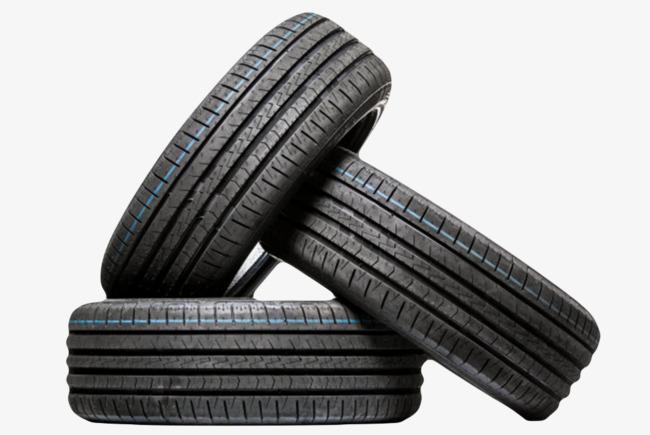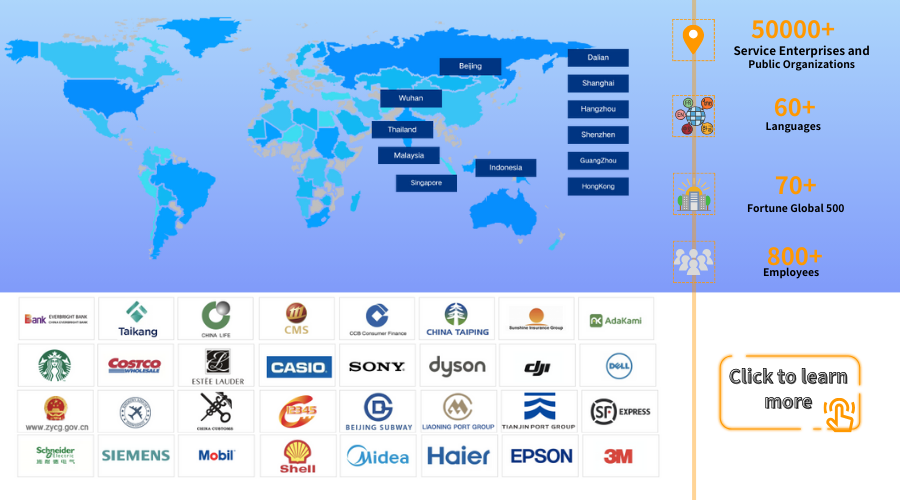Task Work Order System: Integration of After-sales Customer Service Work Orders in the Auto Parts Industry
文章摘要:With the penetration rate of new energy vehicles exceeding 30% and the surge in smart connected vehicles, after-sales consulting scenarios have become fragmented, technical, and instantaneous. Traditional service models relying on manual records, phone transfers, and paper-based work orders can no longer cope with daily consultation volumes exceeding hundreds of cases, the complexity of multi-department coordination, and customer demands for rapid response times. Building an integrated task and work order system that deeply merges customer service with after-sales support has become a critical path for companies to break through service bottlenecks and establish differentiated competitiveness.
Table of contents for this article
With the penetration rate of new energy vehicles exceeding 30% and the surge in smart connected vehicles, after-sales consulting scenarios have become fragmented, technical, and instantaneous. Traditional service models relying on manual records, phone transfers, and paper-based work orders can no longer cope with daily consultation volumes exceeding hundreds of cases, the complexity of multi-department coordination, and customer demands for rapid response times. Building an integrated task and work order system that deeply merges customer service with after-sales support has become a critical path for companies to break through service bottlenecks and establish differentiated competitiveness.
I. Three Core Pain Points in Auto Parts After-Sales Consultations
1. Efficiency Black Hole Caused by Fragmented Service Channels
Auto parts companies must handle consultations from multiple channels simultaneously, including 400 hotlines, enterprise WeChat, e-commerce platforms, and offline stores. Customer service personnel need to switch between more than eight systems. Data from a leading auto parts company shows that processing a single work order involves an average of 3.2 system switches, increasing response time by 40% and causing customer wait timeouts to reach 22%.
2. Collaboration Challenges Due to After-Sales Process Gaps
The complete chain from customer consultation to spare parts allocation, technical support, and logistics tracking involves at least four information silos. Technical departments cannot access customer vehicle VIN codes in real time, and warehouses are unaware of repair progress, leading to spare parts backlog. These gaps extend the average work order processing cycle to 3.8 days, far exceeding the industry’s best practice of 24 hours.
3. Service Bottlenecks from Outdated Knowledge Management
Faced with new technical consultations on NEV powertrains, ADAS calibration, and other advanced technologies, traditional knowledge bases take up to 15 days to update, resulting in a first-contact resolution rate of less than 65% for frontline agents. Research shows that 30% of work orders require secondary transfers to technical experts, directly increasing service costs by 18%.
II. Architectural Innovations of an Integrated Work Order System
1. Omnichannel Access and Intelligent Routing
-
Unified Inbox: Integrates 12 types of touchpoints, including phone, online chat, apps, and IoT devices, leveraging NLP to automate tasks like converting voice to work orders and image-based fault code recognition.
-
Dynamic Routing Engine: Uses a four-dimensional parameter model (customer tier, issue type, technician expertise, spare parts inventory) for intelligent assignment. After implementation, one company achieved a 70% faster response time for high-value customers and a 45% increase in technical expert utilization.
2. End-to-End After-Sales Process Visibility
-
Work Order Lifecycle Management: Closed-loop design from creation → assignment → processing → tracking → closure, with automatic SLA alerts at each node.
-
Spare Parts Linkage Mechanism: Deep integration with ERP/WMS enables automatic inventory checks during work order creation, real-time logistics tracking during processing, and triggered consumption analysis post-resolution.
3. Intelligent Knowledge Middle Platform
-
Structured Knowledge Graph: Converts 200,000+ technical documents into fault tree models, enabling intelligent "symptom-component-solution" recommendations.
-
AR Remote Assistance: Integrates visual recognition technology, allowing agents to remotely mark fault locations and overlay technical documentation onto live views, increasing first-time fix rates for novice technicians by 35%.
Task Work Order System: Integrated After-Sales Customer Service for Auto Parts Industry
III. Implementation Path and Value Demonstration
1. Three-Phase Implementation Strategy
-
Basic Integration (1-3 months): Complete system integration, establish unified work order templates, and enable single sign-on.
-
Intelligent Optimization (4-6 months): Deploy AI preprocessing, build a smart knowledge base, and optimize allocation algorithms.
-
Ecological Integration (7-12 months): Connect with telematics data, develop customer self-service platforms, and form a service ecosystem.
2. Quantitative Value Matrix
| Metric | Pre-Implementation | Post-Implementation | Improvement |
|---|---|---|---|
| Work Order Response Time | 127 minutes | 23 minutes | 82% |
| First-Contact Resolution Rate | 62% | 89% | 43% |
| Spare Parts Turnover Days | 45 days | 28 days | 38% |
| Customer Service Labor Cost | ¥2.8/work order | ¥1.6/work order | 43% |
3. Typical Application Scenarios
-
NEV Powertrain Repairs: The system automatically links Battery Management System (BMS) data and retrieves historical repair records during work order creation. Technical experts can remotely view parameters like charging curves and temperature distribution maps during guidance.
-
Out-of-Warranty Market Development: By mining high-value customers from service process data, one company identified that 15% of out-of-warranty customers had deep maintenance needs, driving a 28% increase in value-added service revenue.

IV. Future Evolution Directions
1. Predictive Service Ecosystem
Leveraging telematics big data, the system can predict wear-and-tear part replacement needs 72 hours in advance and automatically generate preventive maintenance work orders. A pilot project increased proactive brake pad service coverage from 3% to 42% and improved customer retention by 19%.
2. Blockchain Certification System
Recording maintenance logs and spare parts traceability information on the blockchain ensures full transparency of the service process. In the high-end modification parts market, this increased customer trust by 30% and shortened dispute resolution cycles by 85%.
3. Digital Twin Services
Building a 3D digital twin library of spare parts enables agents to remotely guide customers through AR disassembly and assembly simulations, increasing DIY repair success rates from 15% to 68% and significantly reducing the cost of handling simple work orders.
V. Conclusion: Transformation from Cost Center to Value Engine
The integrated task work order system is redefining the service logic of the auto parts industry. Its value extends beyond mere efficiency improvements, evolving into a neural hub connecting customers, products, and services. When the system can automatically recommend repair solutions, predict spare parts demand, and identify value-added opportunities, the after-sales service department transforms from a cost center into a profit center. In this digital transformation, companies that率先 complete the digital integration of service chains will gain a competitive edge in the new automotive era, truly achieving the industry upgrade of "service defining the car."
Udesk Task Work Order System by Udesk enables teams to complete tasks efficiently and helps enterprises rapidly improve productivity. Integrating with over 20 global communication channels, it seamlessly connects you with customers worldwide. Work orders can be automatically routed and assigned based on business needs, ensuring precision and efficiency. Each work order includes comprehensive business information and integrates multi-dimensional data related to customers, companies, and operations, providing a complete and transparent overview at a glance.
The article is original by Udesk, and when reprinted, the source must be indicated:https://my.udeskglobal.com/blog/task-work-order-system-integration-of-after-sales-customer-service-work-orders-in-the-auto-parts-industry.html
Task work order、Task work order management、Task work order system、

 Customer Service& Support Blog
Customer Service& Support Blog


